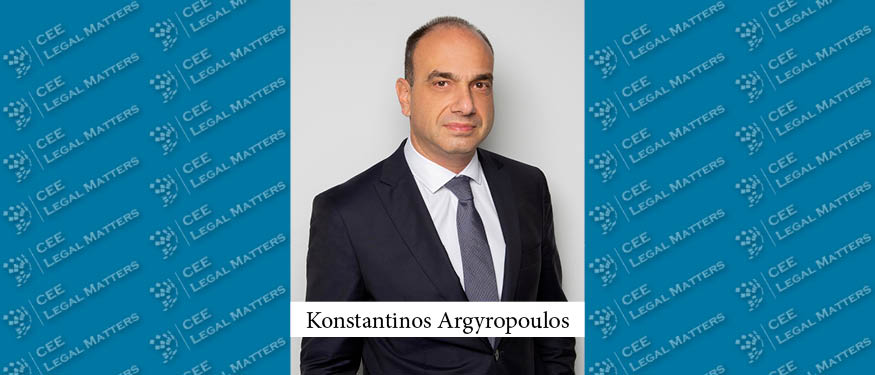ESG has moved from conference halls to a daily function for many companies worldwide. In Estonia, stakeholder expectations for corporate ESG are still evolving, yet rising. Some companies are already incorporating ESG into their daily business, as they understand its value. Along with stakeholder expectations, regulatory scrutiny is also increasing, showing a dramatic increase in ESG reporting requirements worldwide.
The EU has taken a leading role in driving the UN Sustainable Development Goals (SDGs) throughout its member states. The SDGs are reflected in the Estonia 2035 development plan, designed to power the sustainable development agenda in Estonia. Many NGOs, think tanks, and universities are helping to incorporate ESG in everyday public and private sector activities, with organizations such as the Responsible Business Forum Estonia sharing practical know-how.
From NFRD to CSRD
In Estonia, the Non-Financial Reporting Directive (NFRD) was transposed into law by the Accounting Act, which applies to public-interest entities with over 500 employees. Currently, only a handful of companies in Estonia fall within the scope of the NFRD. However, the proposed Corporate Sustainability Reporting Directive (CSRD) will bring significant changes, by extending the scope of the NFRD to large and regulated market-listed companies (except micro). According to the impact assessment, the CSRD will affect around 260 undertakings in Estonia.
The CSRD requires audits and sets more detailed reporting requirements, including digital tagging, whereby information is machine-readable and feeds into a single European access point, as envisaged in the capital markets union action plan. Considering that 99.8% of firms in Estonia are SMEs, Estonia proposed to the EU that the CSRD should only apply to large companies that meet all three threshold criteria in the directive, to not overburden SMEs, and that listed SMEs should report voluntarily.
The CSRD is expected to enter into force in 2024 for companies already subject to the NFRD, in 2025 for large companies not presently subject to the NFRD, and in 2026 for listed SMEs. Sanctions for non-compliance will depend on the member state, however, Estonia is unlikely to impose strict fines.
Regulatory Tsunami in the Financial Sector
The Sustainable Finance Disclosure Regulation (SFDR) lays down sustainability disclosure obligations for certain financial advisors and market participants who provide certain financial services and products. The aim is to reduce greenwashing and increase the comparability of investment products. The Estonian Financial Supervision and Resolution Authority (FSA) will supervise SFDR compliance. Although compliance with the SFDR in Estonia is sporadic and confusion abounds, this should improve as the FSA is currently boosting its ESG capabilities to monitor compliance.
Furthermore, the EU introduced six delegated acts that add ESG-related responsibilities to MiFID II, AIFMD, UCITS, Solvency II, and IDD. The ECB, EBA, and EBRD have also introduced ESG requirements that mostly credit institutions need to comply with.
Taxonomy Regulation
The Taxonomy Regulation (TR) establishes a classification system, which provides companies with a common language to identify whether a given economic activity should be considered environmentally sustainable or not. While the TR is primarily a classification tool, it also requires NFRD/CSRD and SFDR-scoped entities to disclose information concerning the degree of alignment of their activities with the TR.
For transparency and uniformity, the EU issued the TR together with delegated acts, detailing technical criteria for companies to classify their activities. Criteria for climate change adaptation and mitigation have been published, with criteria regarding water, the circular economy, pollution prevention, and biodiversity to follow. The TR uses EU-wide rules as a benchmark for classification, to ensure common language and substantive criteria. However, some localization is necessary as many of these rules are issued as EU directives requiring national transposition, and some technical criteria allow equivalent national rules as a benchmark.
TR-scoped companies will need to examine their activities, including materials used and supply chains. Some cases require additional and more detailed data to categorize activities as sustainable. Striking a balance between data sufficiency and avoiding over-administration is a challenge for many companies.
Key Takeaways
ESG is here to stay – through regulatory and stakeholder scrutiny. Currently, financial market participants, large companies, and public interest entities are in the limelight – but the scope is widening – while compliance monitoring capabilities are also improving.
However, a noticeable lack of awareness, leadership, resources, and know-how prevails. ESG is often delegated to PR/communications, legal, or compliance teams without properly focusing on the need to implement ESG throughout the whole company, while not abandoning responsibilities towards supply chain(s), as required by the proposed Directive on Corporate Sustainability Due Diligence.
As the topic is novel, learning from peers, consulting relevant ESG professionals, plus hiring competence from abroad could help Estonian companies to catch up.
Mervet Kagu, Head of ESG, and Siim Vahtrus, Senior Associate, Cobalt
This Article was originally published in Issue 9.7 of the CEE Legal Matters Magazine. If you would like to receive a hard copy of the magazine, you can subscribe here.















